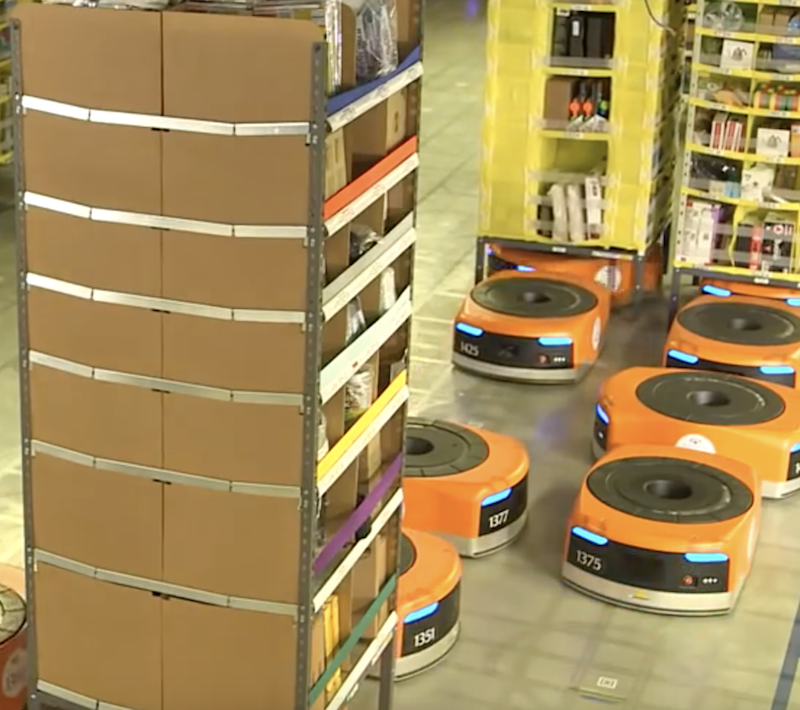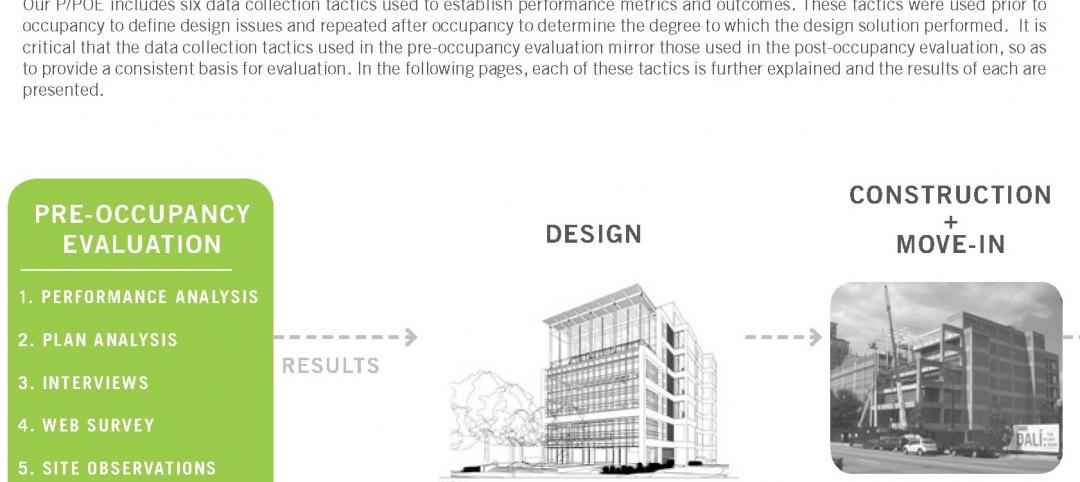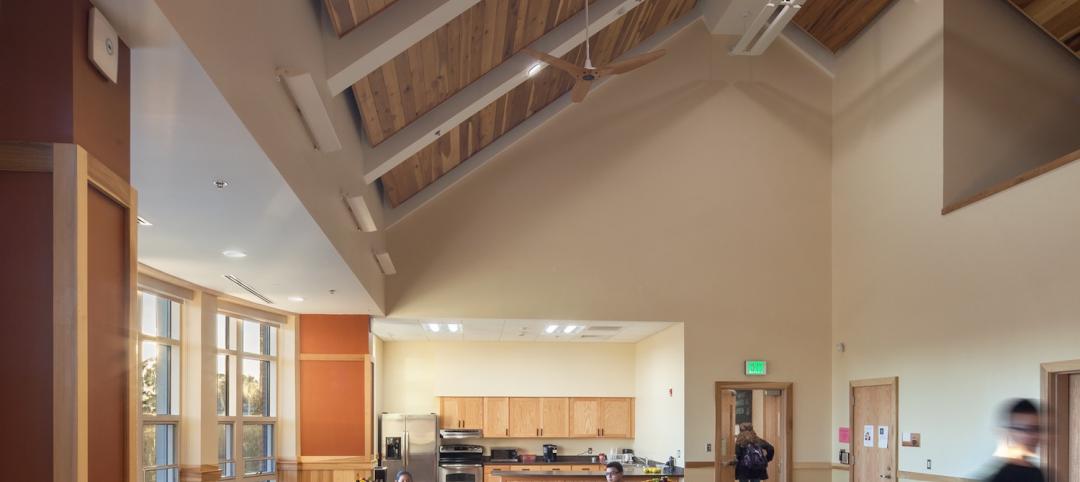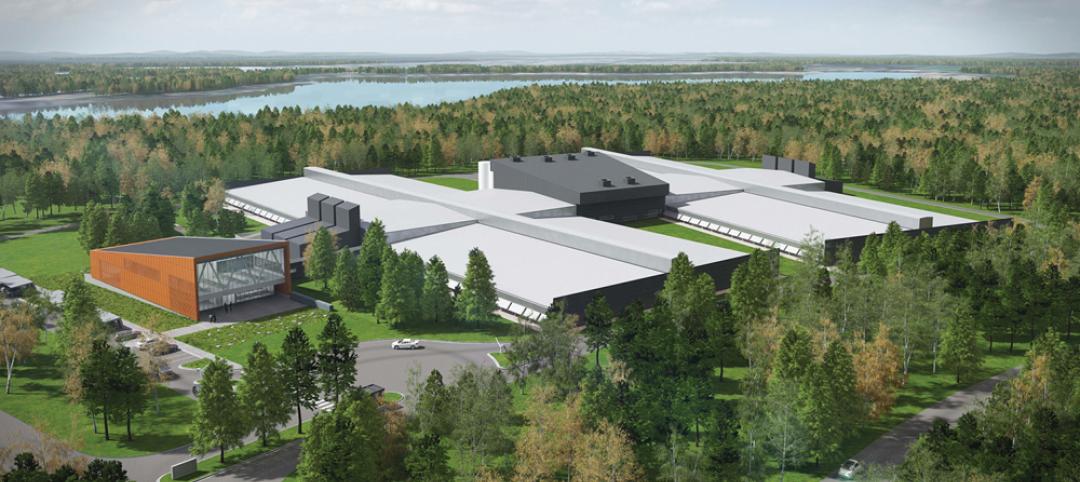Machine learning is enabling a new era of warehouse automation, as operators test artificial-intelligence-powered robots to help speed e-commerce orders.
An article posted earlier this week in the Wall Street Journal’s WSJ Pro section examines how logistics providers and retailers are deploying robotics to limit the number of steps their warehouse workers take and to execute more nuanced tasks long thought to be possible only by human hands.
Most warehouses still rely on human labor. But with the need to fill accelerating online orders, operators are looking for new, more efficient ways to manage distribution. Enter robotics: ROBO Global, a research and investment advisor, estimates that annual spending for warehouse and logistics automation, now at $46 billion, could surpass $75 billion by 2022.
Some examples of where the market may be headed, according to WSP Pro:
• XPO Logistics, with 1,529 locations and over 98,000 workers worldwide, is rolling out 5,000 AI-equipped robots that can deliver shelves full of products to workers.
• Rakuten Super Logistics—a division of the Japan-based online retailer Rakuten, with fulfillment centers in eight U.S. cities—is using robots to deliver bins full of products to workers who pick individual items for delivery.
• So-called collaborative robots that work in tandem with humans are also gaining popularity among warehouse operators, especially to manage seasonal workflows. XPO is using these robots to help guide workers through warehouse aisles, lighting up when they reach the next item to pick. Rakuten Super Logistics began using 40 “cobots” at its Las Vegas warehouse before the recent Christmas rush, and found they could handle increases in volume without adding temporary help.
Related Stories
| Sep 24, 2014
Architecture billings see continued strength, led by institutional sector
On the heels of recording its strongest pace of growth since 2007, there continues to be an increasing level of demand for design services signaled in the latest Architecture Billings Index.
| Sep 22, 2014
4 keys to effective post-occupancy evaluations
Perkins+Will's Janice Barnes covers the four steps that designers should take to create POEs that provide design direction and measure design effectiveness.
| Sep 9, 2014
Using Facebook to transform workplace design
As part of our ongoing studies of how building design influences human behavior in today’s social media-driven world, HOK’s workplace strategists had an idea: Leverage the power of social media to collect data about how people feel about their workplaces and the type of spaces they need to succeed.
| Sep 3, 2014
Ranked: Top local government sector AEC firms [2014 Giants 300 Report]
STV, HOK, and Turner top BD+C's rankings of the nation's largest local government design and construction firms, as reported in the 2014 Giants 300 Report.
| Sep 3, 2014
New designation launched to streamline LEED review process
The LEED Proven Provider designation is designed to minimize the need for additional work during the project review process.
| Sep 2, 2014
Ranked: Top green building sector AEC firms [2014 Giants 300 Report]
AECOM, Gensler, and Turner top BD+C's rankings of the nation's largest green design and construction firms.
| Sep 2, 2014
Extreme conversion: 17-story industrial silo to be converted to high-rise housing
As part of Copenhagen's effort to turn an industrial seaport into a bustling neighborhood, Danish architecture firm COBE was invited to convert a grain silo into a residential tower.
| Aug 26, 2014
Ranked: Top industrial sector AEC firms [2014 Giants 300 Report]
Stantec, Jacobs, and Turner top BD+C's rankings of the nation's largest industrial sector design and construction firms, as reported in the 2014 Giants 300 Report.
| Aug 4, 2014
Facebook’s prefab data center concept aims to slash construction time in half
Less than a year after opening its ultra-green, hydropowered data center facility in Luleå, Sweden, Facebook is back at it in Mother Svea with yet another novel approach to data center design.
| Jul 28, 2014
Reconstruction market benefits from improving economy, new technology [2014 Giants 300 Report]
Following years of fairly lackluster demand for commercial property remodeling, reconstruction revenue is improving, according to the 2014 Giants 300 report.















